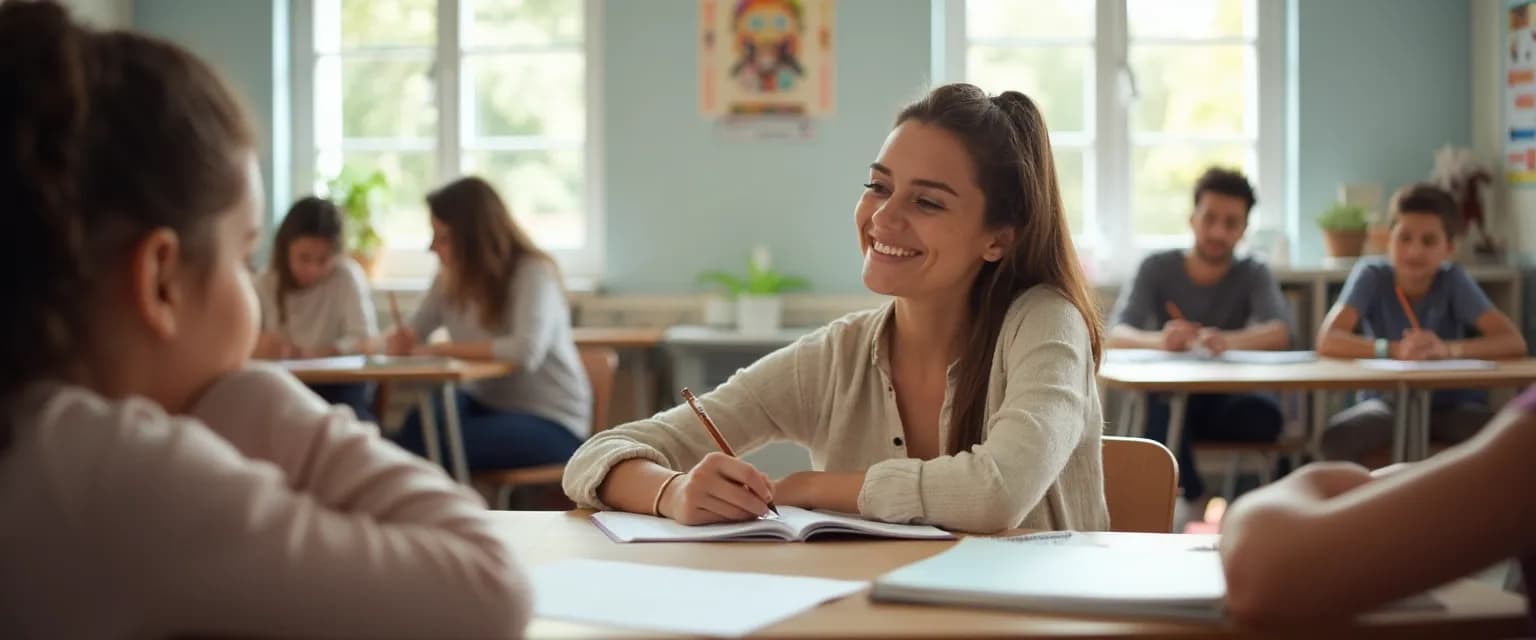7 Powerful Self Awareness SEL Exercises That Transform Classroom Dynamics
Ever noticed how a classroom's energy can shift dramatically based on students' emotional awareness? Implementing self awareness SEL (Social Emotional Learning) practices doesn't require massive curriculum overhauls—just consistent, bite-sized exercises that build emotional intelligence daily. As a former classroom teacher turned emotional wellness coach, I've seen firsthand how just 5-10 minutes of focused self awareness SEL activities transform classroom dynamics from chaotic to collaborative.
Research consistently shows that students with strong self awareness SEL skills demonstrate better academic performance, healthier peer relationships, and fewer behavioral issues. The beauty lies in simplicity—these quick daily exercises create cumulative effects that ripple through your entire classroom ecosystem. Teachers report noticeable improvements in student engagement, conflict resolution, and anxiety management after just a few weeks of consistent practice.
Let's explore seven powerful self awareness SEL exercises that fit seamlessly into your teaching day, regardless of grade level or subject area. These practices build the emotional foundation students need to thrive both academically and socially.
Quick Self Awareness SEL Exercises for Elementary Classrooms
Elementary students thrive with concrete, playful self awareness SEL activities that make emotional concepts tangible. These exercises introduce foundational emotional literacy in ways young minds can grasp and apply immediately.
1. Feelings Check-In Circle
Start your day with a quick emotional temperature check. Students choose from a visual feelings chart and share: "I feel [emotion] because..." This simple practice builds emotional vocabulary while normalizing the full spectrum of feelings. For younger students, use emoji cards or simple faces they can point to rather than requiring verbal expression.
2. Body Awareness Moments
Help students connect physical sensations with emotions through brief body scans. Guide them to notice where they feel different emotions—butterflies in the stomach for nervousness, tight shoulders for stress. This mindfulness technique builds the foundation for emotional regulation by recognizing physical cues before emotions escalate.
3. Kindness Spotlight
End each day by spotlighting acts of kindness observed in the classroom. This reinforces positive social awareness while training students to notice and appreciate helpful behaviors. The practice shifts attention from problems to solutions and strengthens classroom community through shared positive recognition.
Self Awareness SEL Techniques for Middle and High School Students
Adolescents benefit from self awareness SEL approaches that respect their developing autonomy while providing structure for emotional growth. These techniques address the complex social dynamics and identity formation happening during these years.
4. Three-Minute Mindfulness
Begin class periods with three minutes of guided attention focusing. This brief practice improves concentration, reduces stress, and creates a mental reset between subjects. Students report better focus and emotional regulation following this simple technique, making transitions between activities smoother.
5. Strength Acknowledgment Practice
Implement a rotating system where students recognize strengths in themselves and peers. This builds self-awareness while countering the self-criticism common in adolescence. The practice fosters a growth mindset by highlighting how different strengths contribute to classroom success.
6. Perspective-Taking Scenarios
Present brief social scenarios and ask students to identify different perspectives involved. This develops cognitive empathy and social awareness essential for navigating complex relationships. The exercise improves conflict resolution skills and reduces interpersonal tensions in the classroom.
7. Emotional Weather Report
Teens appreciate the metaphorical language of describing their emotional state as weather patterns: "I'm feeling partly cloudy with a chance of anxiety." This provides distance from intense emotions while building self-awareness vocabulary in a developmentally appropriate way.
Integrating Self Awareness SEL Into Your Teaching Routine
Consistency trumps duration when implementing self awareness SEL practices. Start with just one 5-minute exercise daily, then gradually expand as students become familiar with the routines. The most successful implementations occur when teachers model the same self awareness SEL skills they're teaching.
Track progress through simple observation notes rather than formal assessments. Look for indicators like decreased conflicts, improved peer communication, and more sophisticated emotional vocabulary. For additional support, explore goal-setting strategies that complement your self awareness SEL implementation.
Remember that self awareness SEL isn't an add-on to your curriculum—it's the foundation that makes everything else possible. By investing just minutes daily in these practices, you're equipping students with emotional tools they'll use throughout their lives. Ready to transform your classroom with effective self awareness SEL exercises? Start with just one activity tomorrow morning and watch the positive ripple effects begin.




